14 Jul
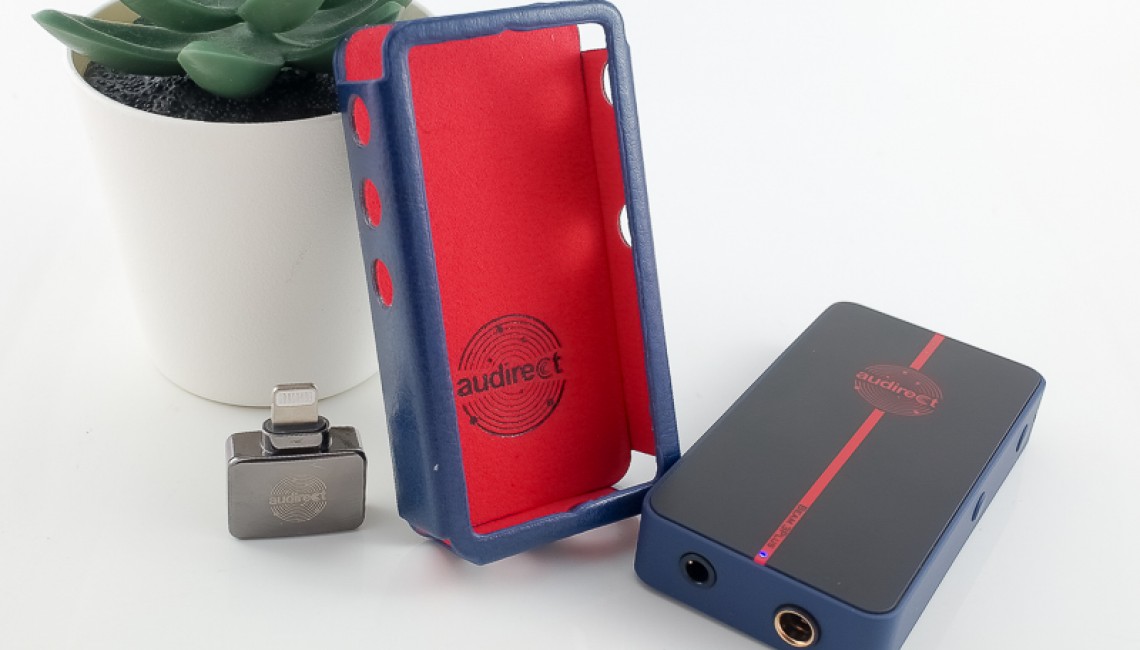

0 Comment(s)
3415 View(s)
BEAM 3 PLUS is equipped with two independent amplifier chips, offering notable advantages in sound quality. While its driving power under 3.5mm single-ended falls slightly short compared to the EarMan Sparrow tested previously, and its noise floor is a bit higher than the Sparrow, the detail seems slightly more refined. The BEAM 3 PLUS maintains the ES9281PRO's neutral dual-terminal extension characteristics. Unlike the BEAM 2, the BEAM 3 PLUS doesn't struggle with focusing energy in the mid to low-frequency range, resulting in a smoother transition from low to mid frequencies. It has addressed the control issues during high dynamic moments, leading to a more generous sound output. The mid-to-high frequency range in the BEAM 3 PLUS has a subtle softness, a trend noticed among portable DACs lately using the ES9281PRO chip. However, this softness varies in its prominence. In balanced output, the BEAM 3 PLUS provides a more robust driving power compared to the Sparrow, making it suitable for use with headphones like the Sennheiser HD650. Nonetheless, there's a sense that the dynamic range might feel somewhat restricted in the balanced output under high power conditions. The sound quality remains relatively neutral and stable, a commendable trait, especially when driving higher-impedance headphones. Across different gain settings, the BEAM 3 PLUS delivers consistently stable sound, with a tendency for an expanded virtual soundstage in higher gain settings.
A notable advantage of the BEAM 3 PLUS over the Sparrow is its clarity. While the Sparrow tends to offer excessively smooth sound, almost bordering on blurriness, the BEAM 3 PLUS impresses with cleaner and clearer textural rendition, especially evident in plucked string instruments. Notably, this clarity isn't achieved by ramping up high-frequency presence; thus, the BEAM 3 PLUS maintains a neutral and enjoyable style. Sound brightness is adequately controlled, and its high-frequency extension aligns with standard performance within its price range. However, the high-frequency dynamics and density may feel somewhat lacking compared to similar products, a common concern among portable DACs. Despite these drawbacks, in comparison to the Sparrow, the BEAM 3 PLUS appears to offer a slightly superior sound performance. Nevertheless, the BEAM 3 PLUS tends to flatten and crowd the sound, missing depth and weakening spatial scale and layering, resulting in a somewhat lackluster and two-dimensional sound. This aspect stands out as a more prominent downside in the BEAM 3 PLUS's sound quality.
Regarding Bluetooth wireless transmission, the BEAM 3 PLUS demonstrates impressive LDAC performance, offering stable and smooth sound quality. Users preferring a brighter sound may consider utilizing aptX HD, known for its distinct tonal clarity. Nevertheless, overall performance still leans towards a more natural and rich sound quality with LDAC. While there remains a noticeable gap between Bluetooth transmission and USB DAC sound quality, the differences are generally acceptable, especially in music with less dynamic range.
--------------- Click here for detailed post (originally in Chinese) ---------------






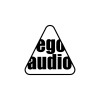



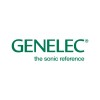

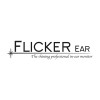
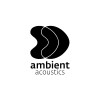





-500x500w.jpeg)



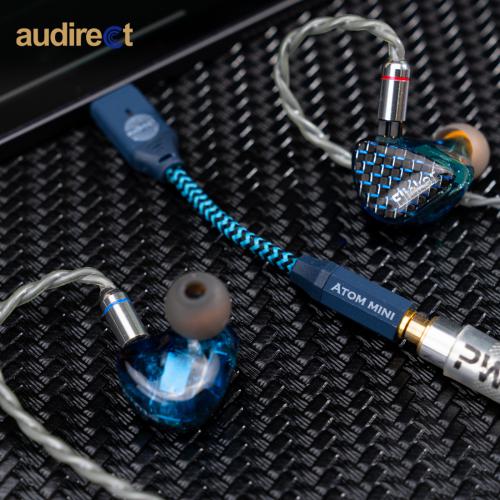

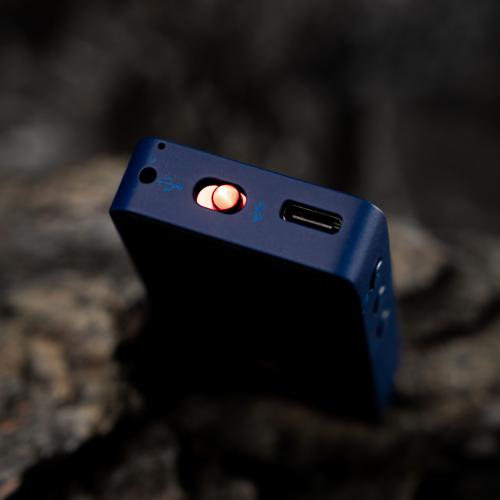

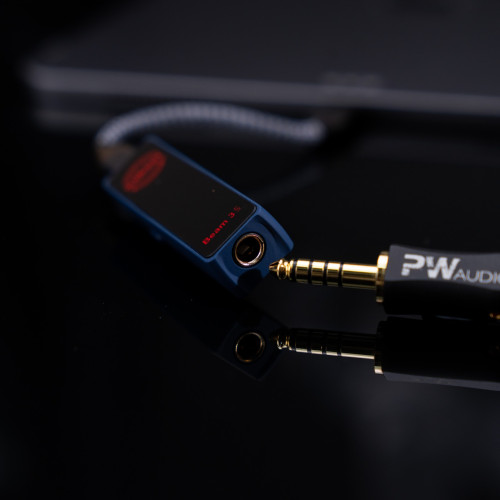
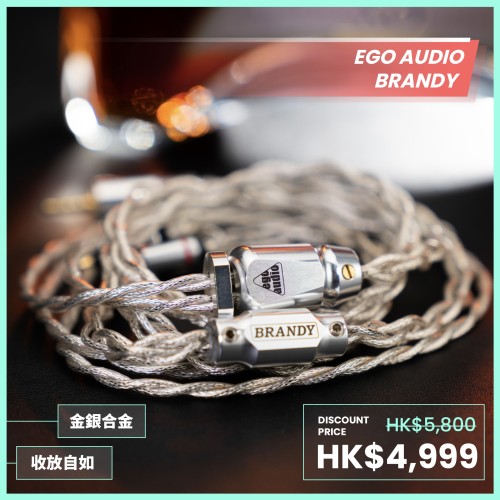







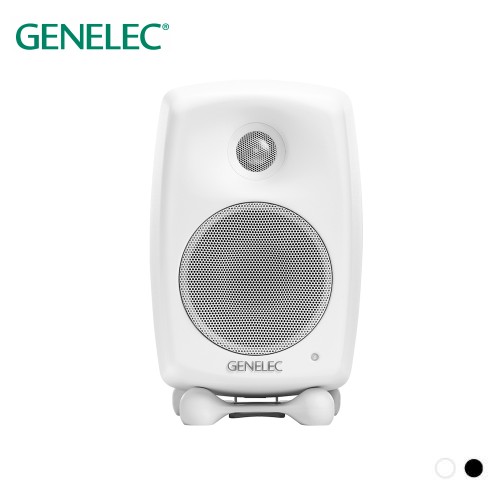
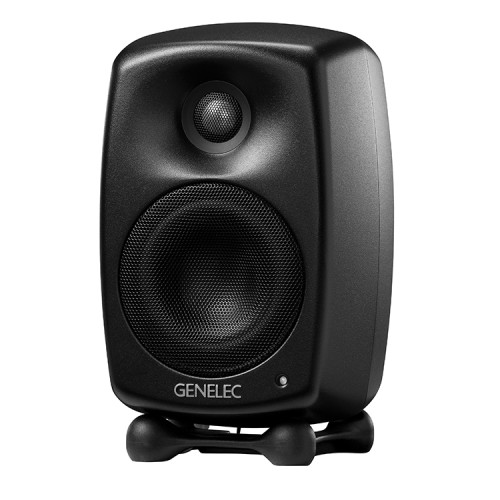
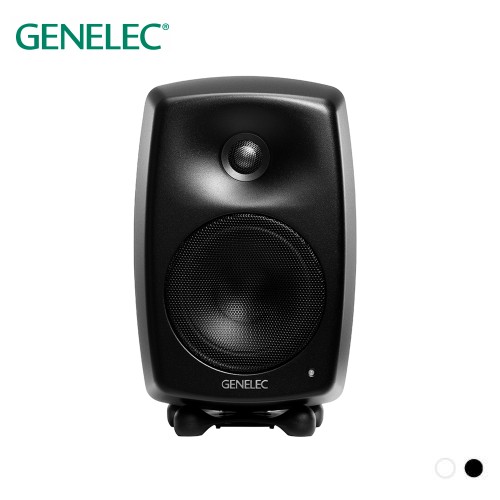
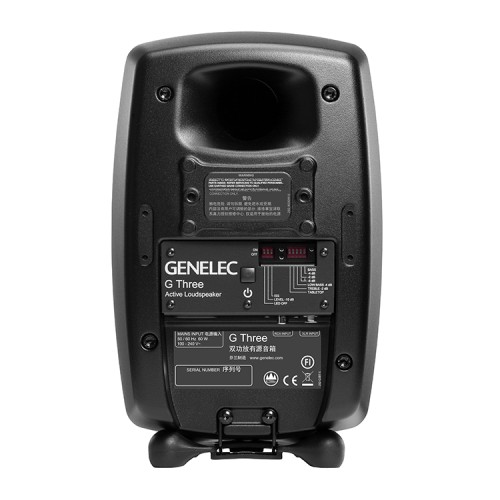
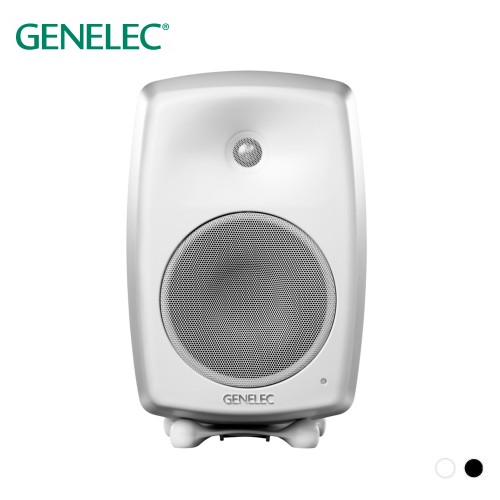
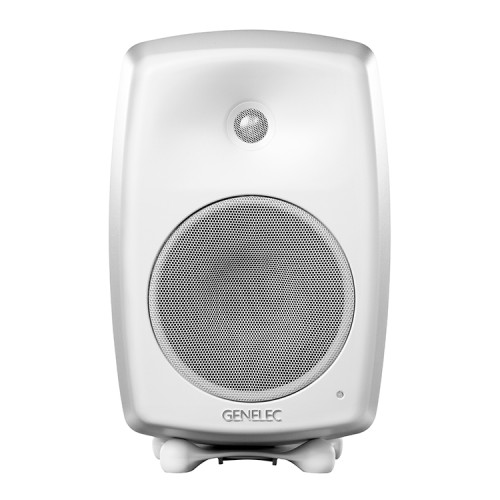
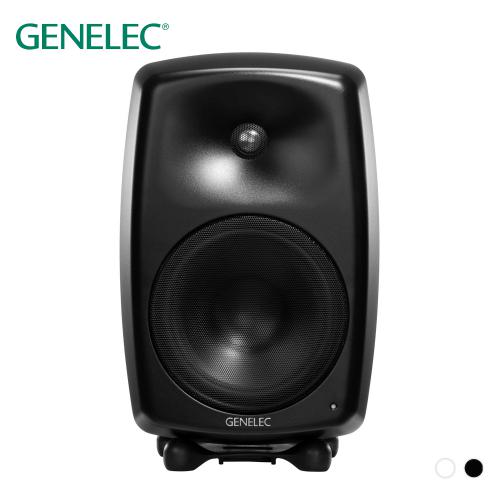
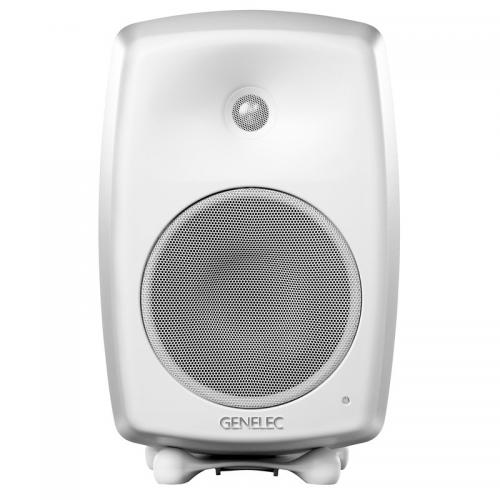

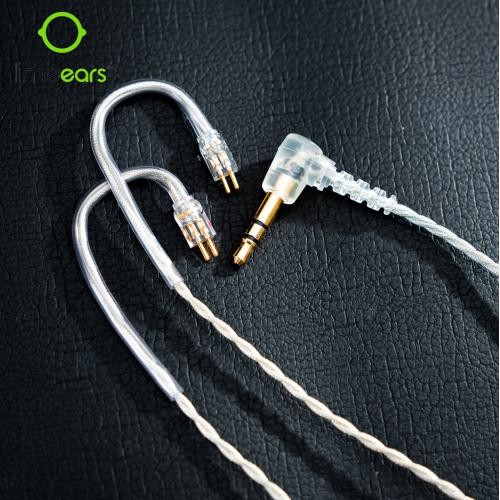

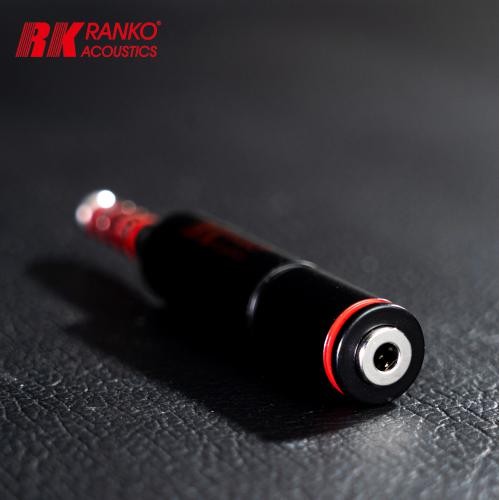

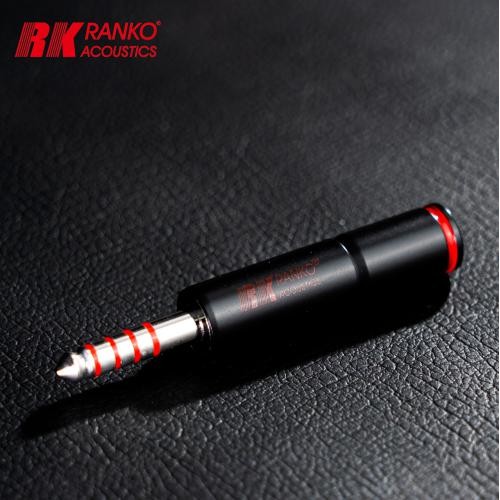

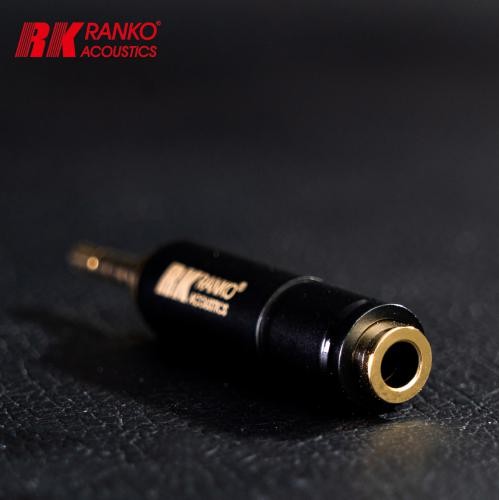




Leave a Comment